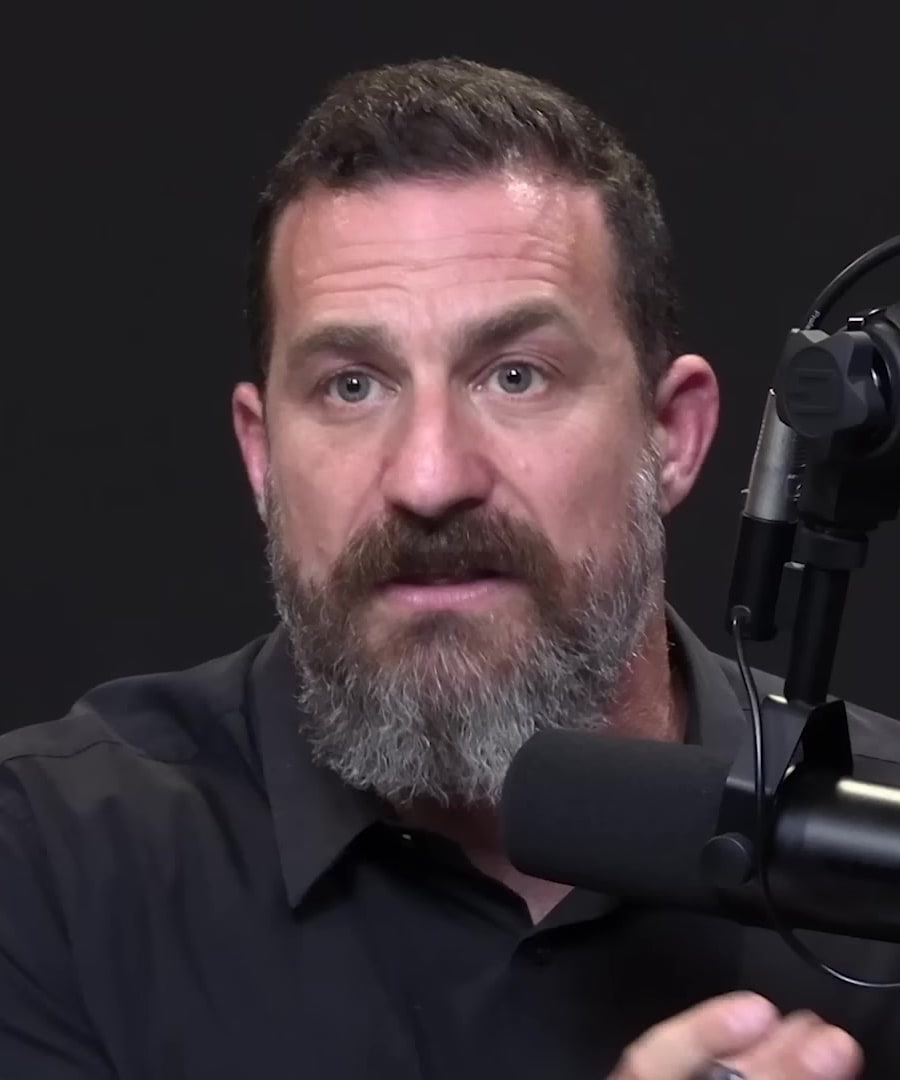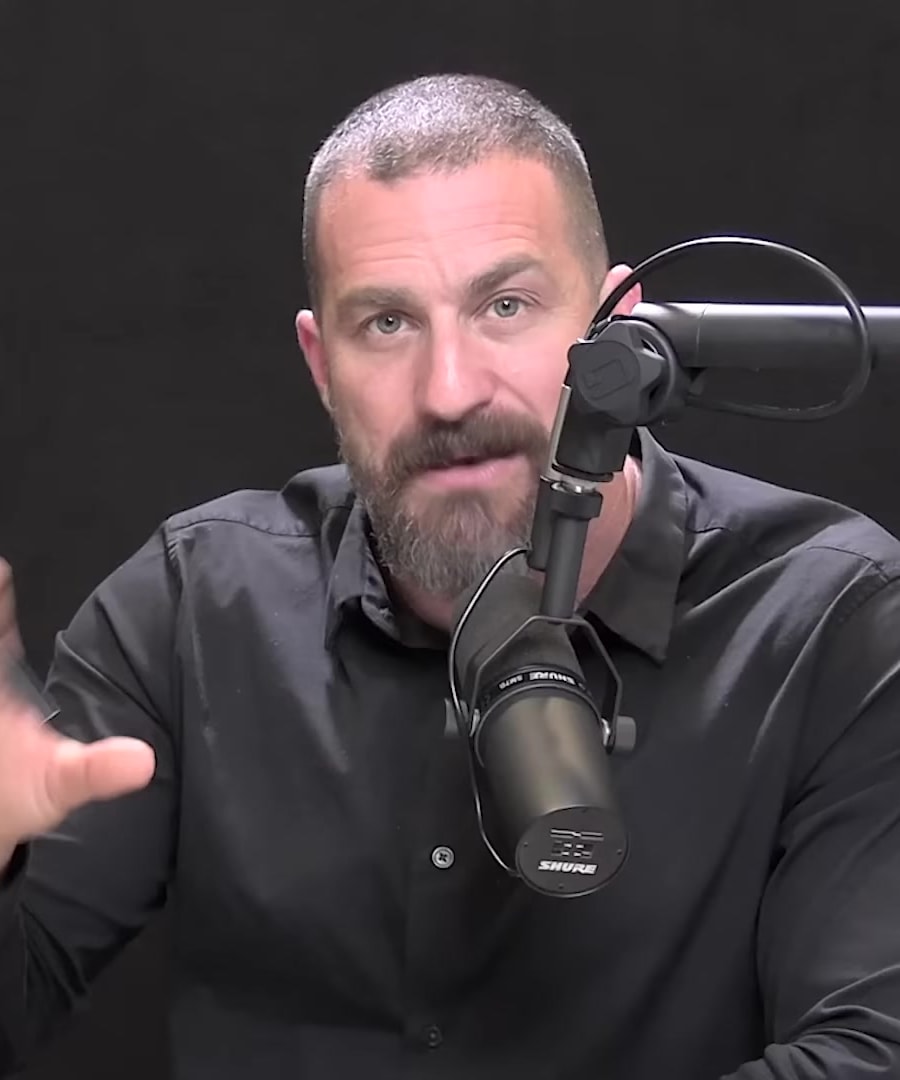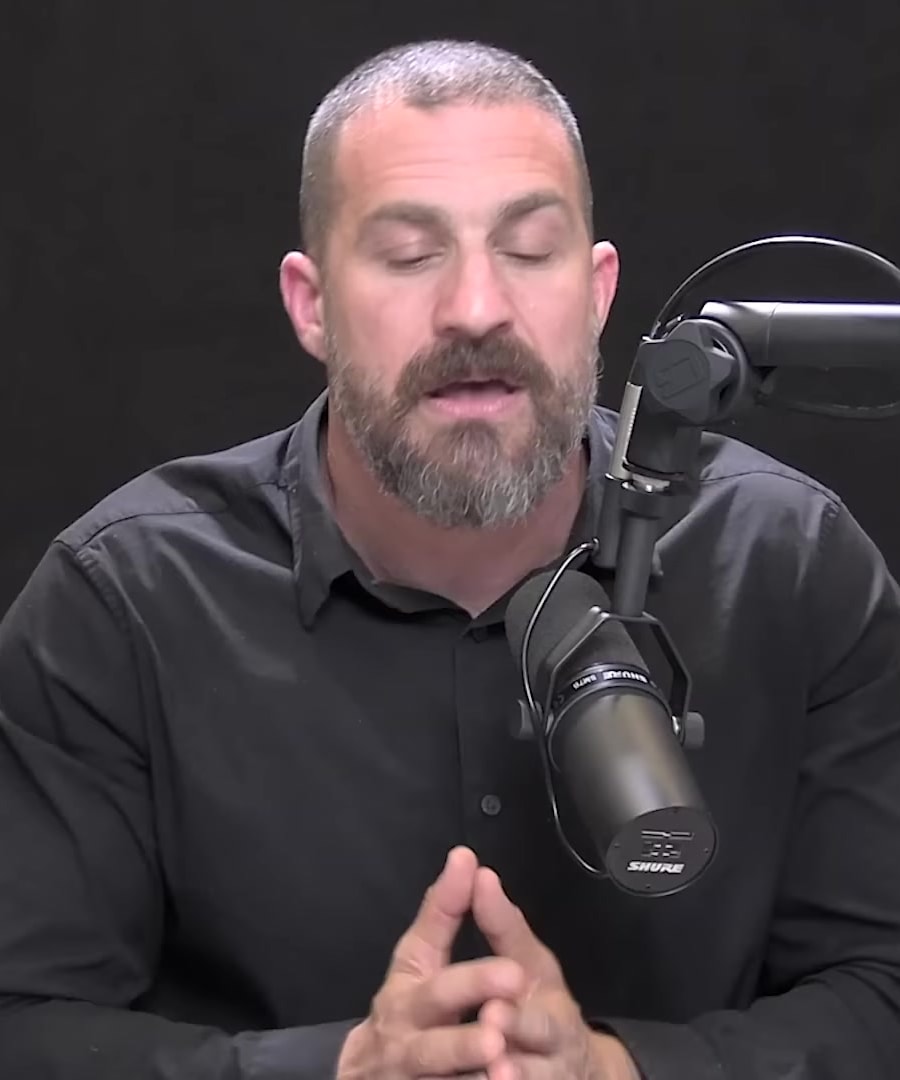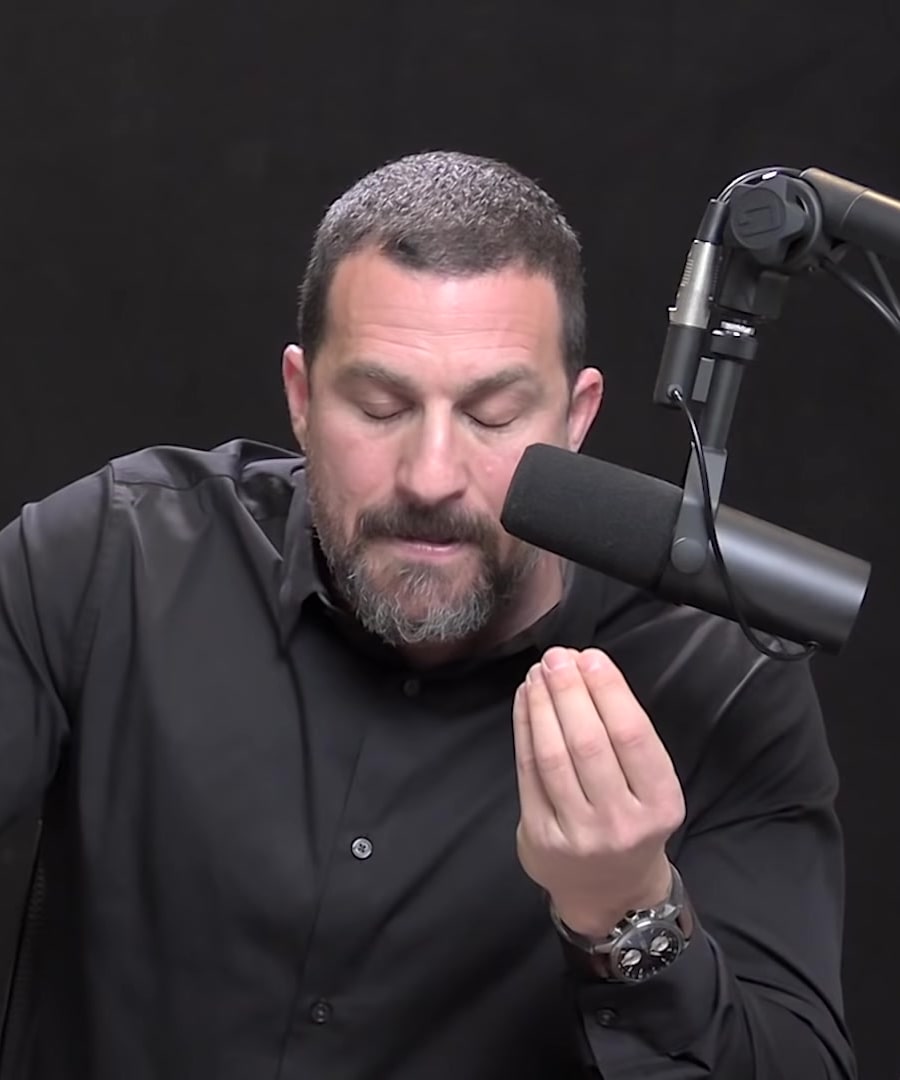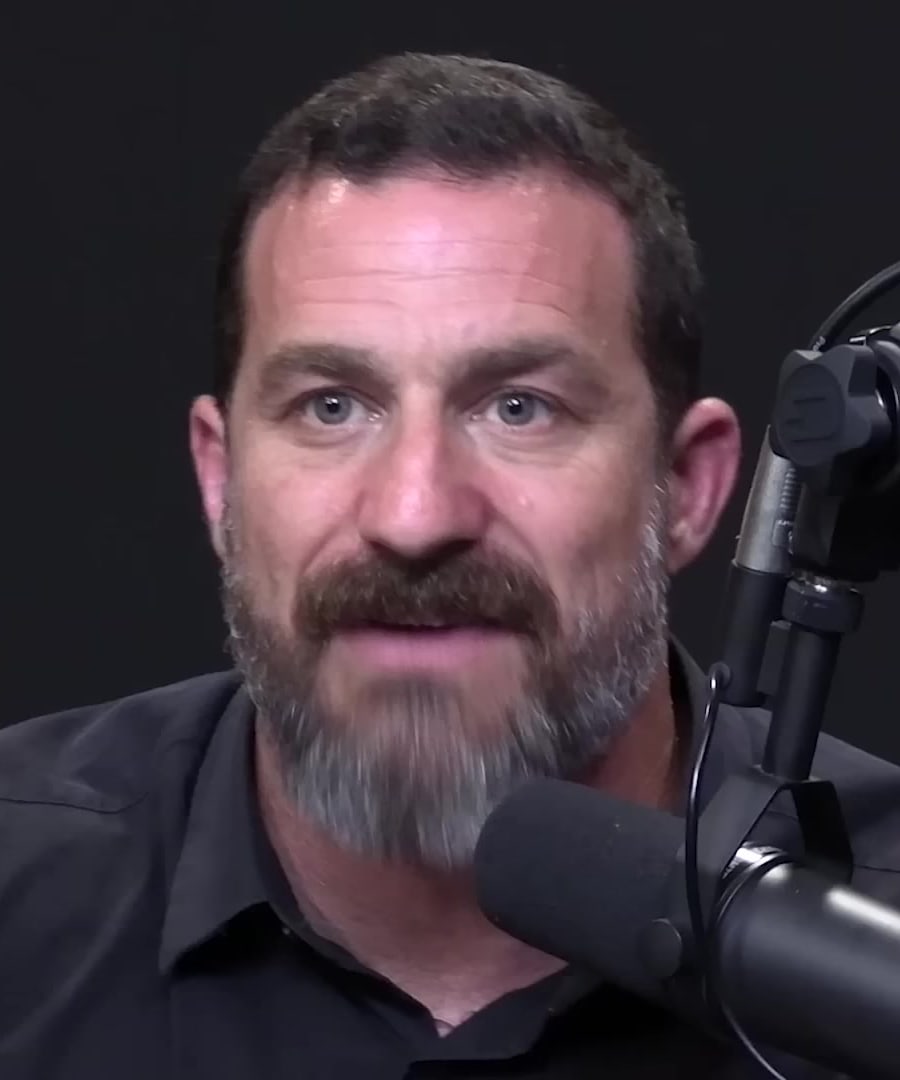Best protocols for reducing anxiety
Sources:
Several protocols have been discussed by to help reduce anxiety, including:
-
Journaling About Stressful or Traumatic Events: Delving into stressful or traumatic experiences through writing for 15 to 30 minutes can produce long-lasting positive effects on mental and physical health. It is suggested to begin with moderately stressful events and to adhere to the protocol of writing about the same event four times, either on consecutive days or spaced out across weeks. However, caution is recommended if the emotional impact is too significant 1.
-
Sauna for Lowering Cortisol: Utilizing a sauna protocol that involves 12-minute exposures to a 90-degree Celsius environment followed by a six-minute cooldown in cool water can significantly reduce cortisol levels, a stress hormone, thereby aiding stress management 2.
-
Control Over Physiological Responses: Recalibrating the relationship between outside events and internal responses, which can be influenced by the insular cortex, is under our control. A simple and short protocol can reduce fear and trauma responses significantly by affecting this internal calibration 3.
-
Breathing Exercises: A five-minute-a-day breathing protocol, performing cyclic physiological sighs, has been shown to improve mood, reduce anxiety, and enhance sleep. This involves repeated deep inhales through the nose, followed by an exhale to empty the lungs through the mouth, done continuously for the duration of five minutes 4.
-
Deliberate Induction of Stress: Deliberately inducing a physiological state of acute stress, for instance, through a cold shower or ice bath, can help reverse the effects of chronic stress when done in a self-directed manner and ideally with the support of a clinician. It's important to note that the duration and specifics of the protocol are crucial, and it's not recommended for people with anxiety or panic disorders without professional guidance 5.
Before trying any of these protocols, it is advised that individuals consult healthcare professionals and consider their own readiness to engage with potentially emotionally challenging exercises.
RELATED QUESTIONS-
Could you explain more about the physiological sighs technique for reducing anxiety?
Sources:
The physiological sigh is a breathing technique supported by neuroscience for quickly calming down in a self-directed manner. It involves a specific pattern of breathing that can directly impact heart rate through the interactions between the sympathetic and parasympathetic nervous systems 1. Here's a step-by-step breakdown of how to perform it:
- Initiate a Full Inhalation: Start by taking a deep inhale through the nose, engaging the diaphragm to expand the lungs.
- Add a Second Inhalation: Before exhaling, sneak in another short inhalation through the nose to maximally inflate the lungs.
- Long Exhale: Follow this with a long exhale out of the mouth until the lungs are empty, slowing down the heart rate and promoting a calming effect.
The physiological sigh offloads a significant amount of carbon dioxide and reinflates collapsed alveoli in the lungs, which helps to relax the body quickly. It's a natural response to high levels of carbon dioxide that we do spontaneously, but it can also be intentionally triggered to manage stress 2. Repeating two inhales through the nose, followed by an extended exhale through the mouth, is the fastest and most effective method to reduce one's levels of anxiety in real-time 3.
When doing the physiological sigh:
- Understand the Importance: Recognize that breathing can let you control your heart rate, which has a direct relationship with stress and calmness.
- Monitor the Heart Rate: Be aware that your heart rate may take about 20 to 30 seconds to come down to baseline after the sigh 4.
- Use When Necessary: Leverage this tool whenever you need to manage stress in real-time, such as before public speaking or during anxious moments 5.
One physiological sigh can equip you with a tool to deal with stress as it comes, promoting not just momentary calm but also confidence in handling future stress 5. This technique has been consistently referenced across various episodes of the , highlighting its significance as a stress reduction tool.
RELATED QUESTIONS
Best protocols for reducing anxiety
- RELATED QUESTIONS
Could you explain more about the physiological sighs technique for reducing anxiety?
- RELATED QUESTIONS
